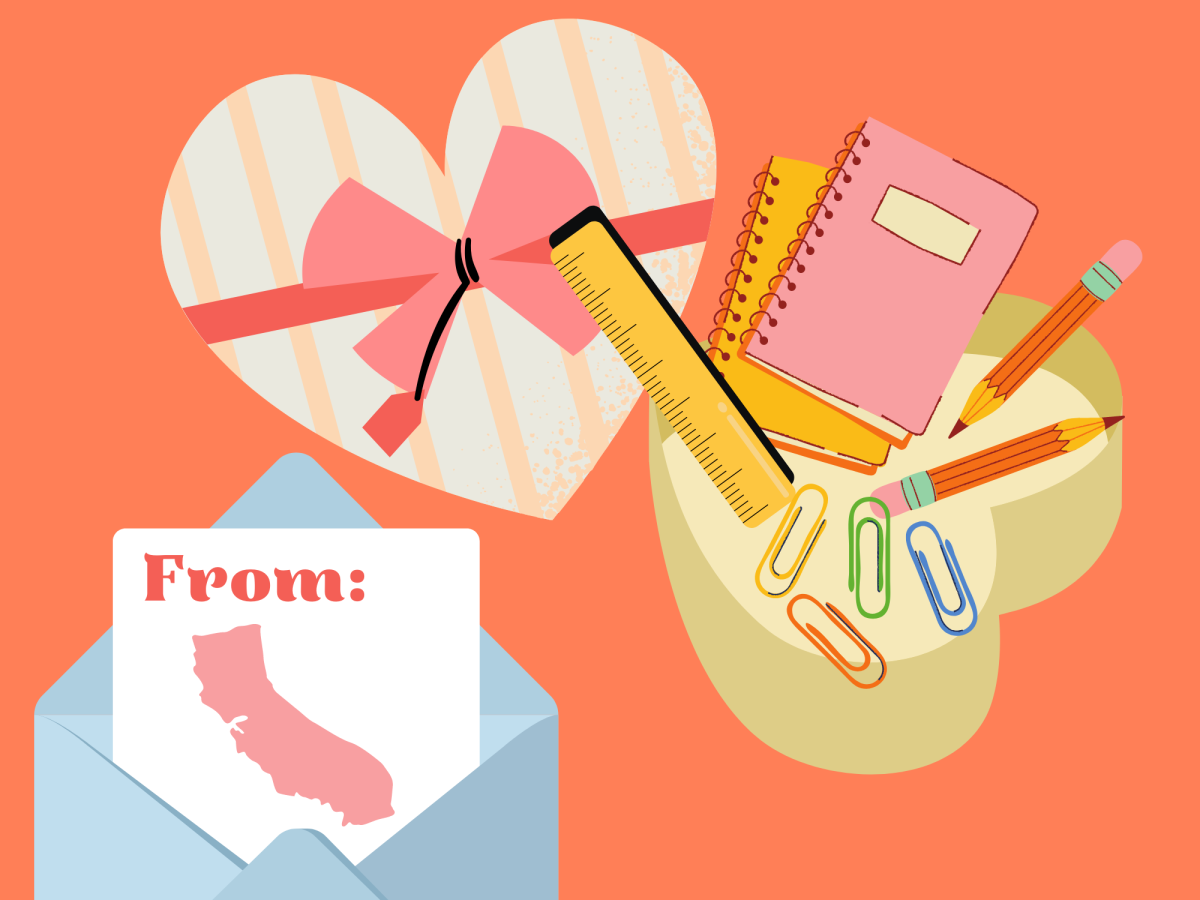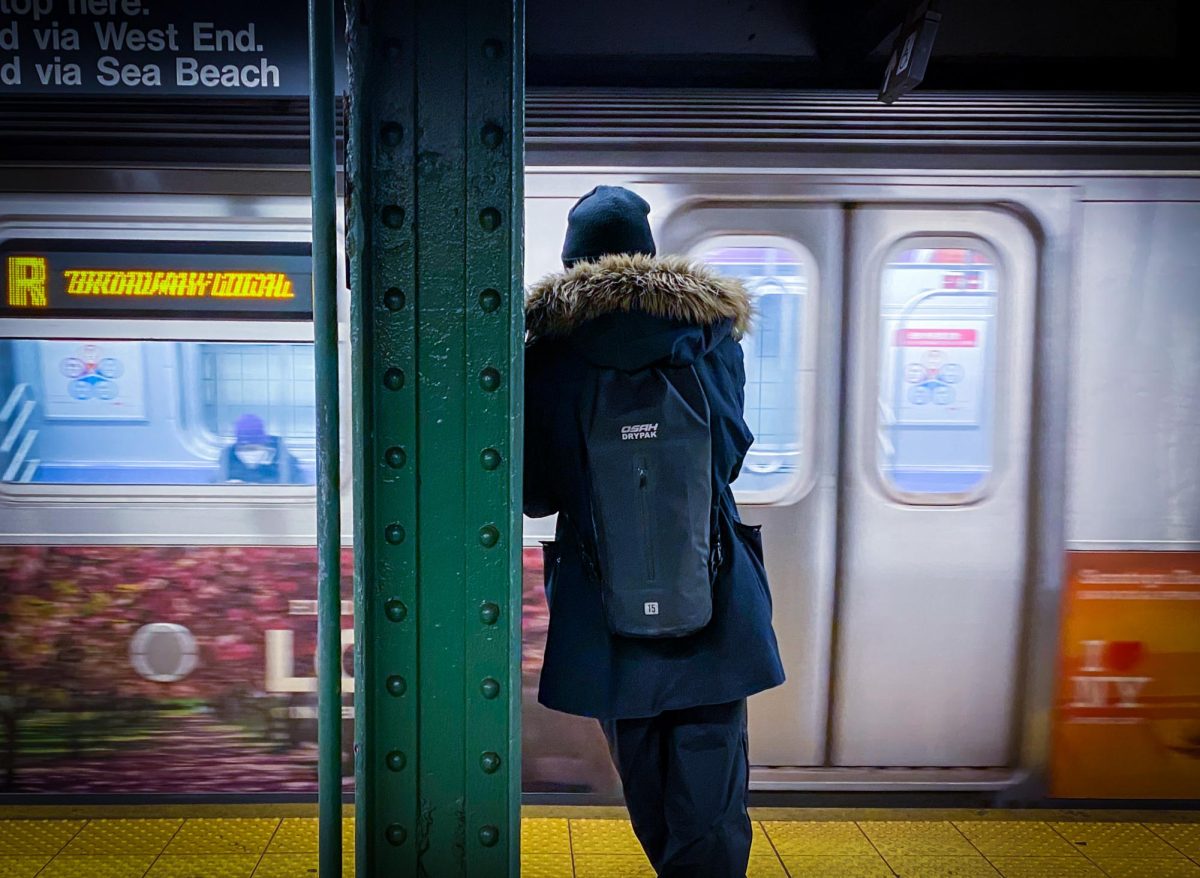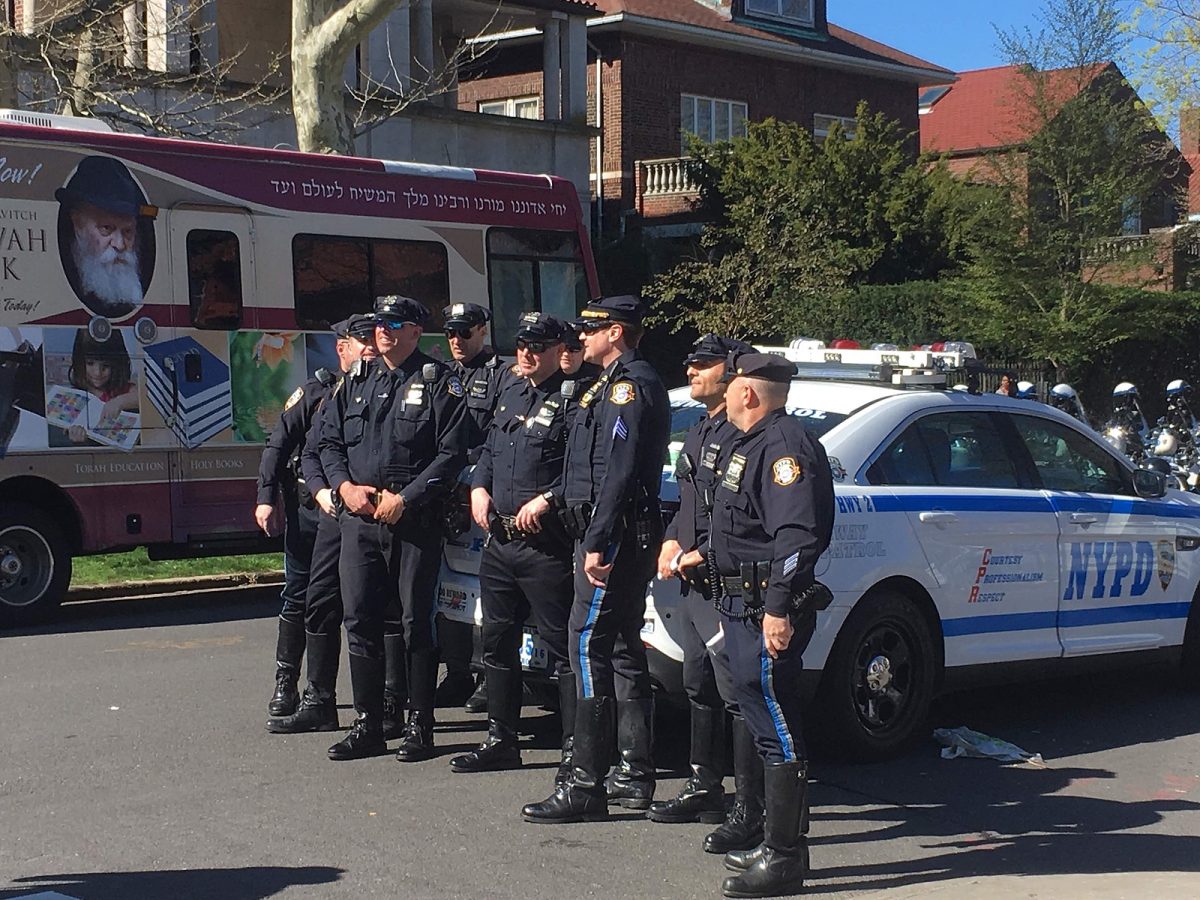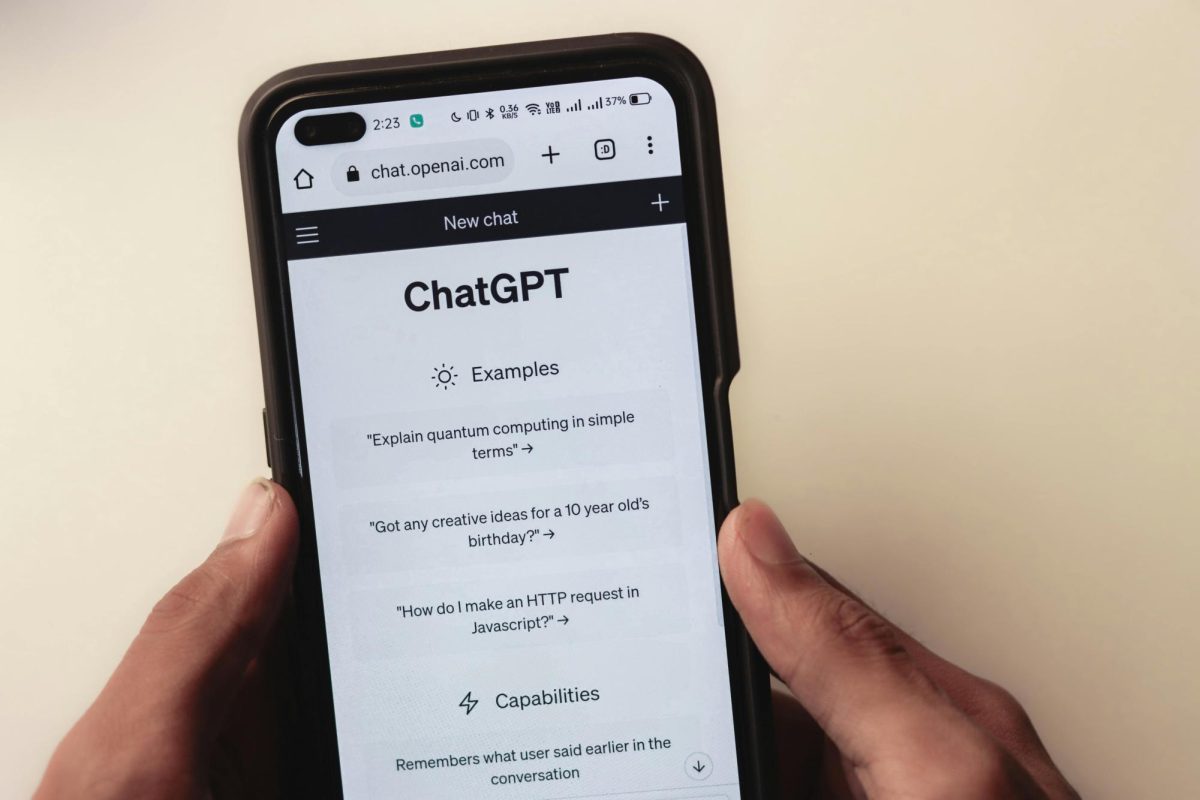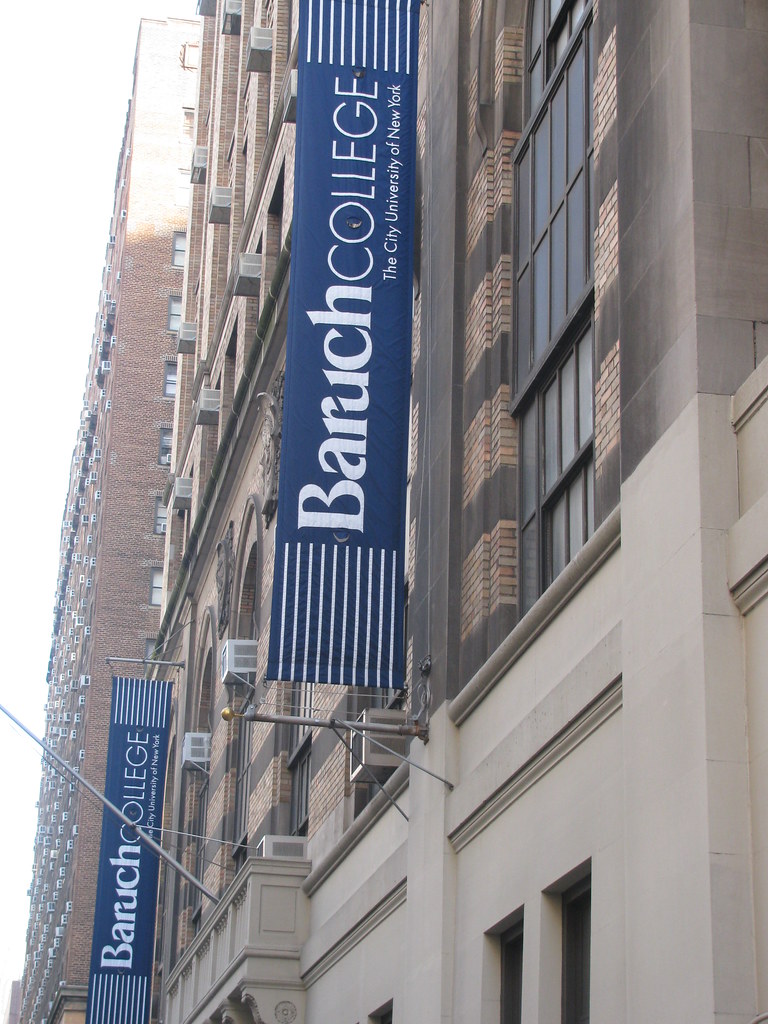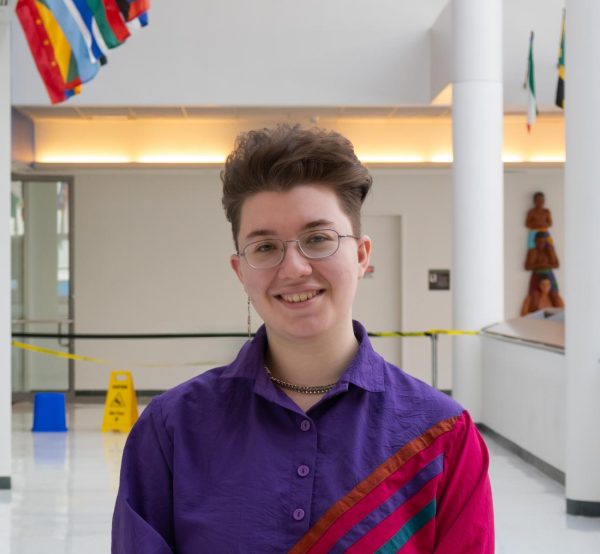A recent case, Cayla J. v. California, set a precedent that states across the nation must follow to help students recover from learning losses due to the COVID-19 pandemic.
During the pandemic, school closures and transitions to online learning significantly impacted all students’ ability to learn effectively. Low-income students who didn’t have internet or technology access were affected the most.
The plaintiffs in the case were made up of students, parents and community organizations from Los Angeles and Oakland. These groups accused the state of California of not providing enough support and oversight during the pandemic and allowing the educational and technological gap between low-income students and their wealthier peers to grow.
They demanded that California do more to reduce declining test scores and mental health impacts caused by pandemic-era changes to the school system.
The pandemic worsened the education gap between low-income and wealthy students in California. Black and Latino students especially experienced issues with internet connection and insufficient access to the technology necessary for online classes.
As many as one million students were without access to technology for their education for over a year during school closures. Mark Rosenbaum, a lawyer for the plaintiffs, stated that this means the students “got no education.”
Cayla J. v. California resulted in a $2 billion settlement to be allocated towards efforts to support students disproportionately impacted by online learning during the COVID-19 pandemic in Los Angeles and Oakland school districts.
The failure of the California Department of Education to ensure students received equal and adequate access to remote learning has now left those students more than a year behind in math and reading.
The lawsuit victory indicated that more attention needs to be paid to students in vulnerable schools to better equip them to be on track with their education.
As more data was uncovered in New York City school districts, similar patterns of disproportionate access to schooling during COVID were shown. A study from New York University showed that students in Black and Latino communities were at considerable risk of exposure to COVID-19 and significantly unprepared for college.
Students in such communities had limited capacity to attend online classes and many of their families are composed of essential workers who had to choose between supporting their children’s education or their livelihood. A position that no parent should be put into.
To alleviate the stress of education recovery, the federal government allocated each state a grant from the Education Stabilization Fund. California initially received over $30 million from the ESF grant, while New York got just shy of $20 million. The aid from the settlement agreement will come from these COVID-19 relief funds.
In addition to the funding from the ESF grants, states were able to fall back on their budgets and allocate funds to education. However, it is clear that nearly not enough was done to support and help the students as many still fall behind the standards.
Moreover, some cities like New York, continuously cut budgets for schools and education, which makes it increasingly difficult to ensure students are catching up.
California sets the example for states like New York to follow by using their budgets to implement reforms for learning loss prevention and recovery.
Both states are home to some of the largest school districts in the nation and they are obligated to provide equal education to all students and ensure that those who fall behind receive adequate resources to catch up.


